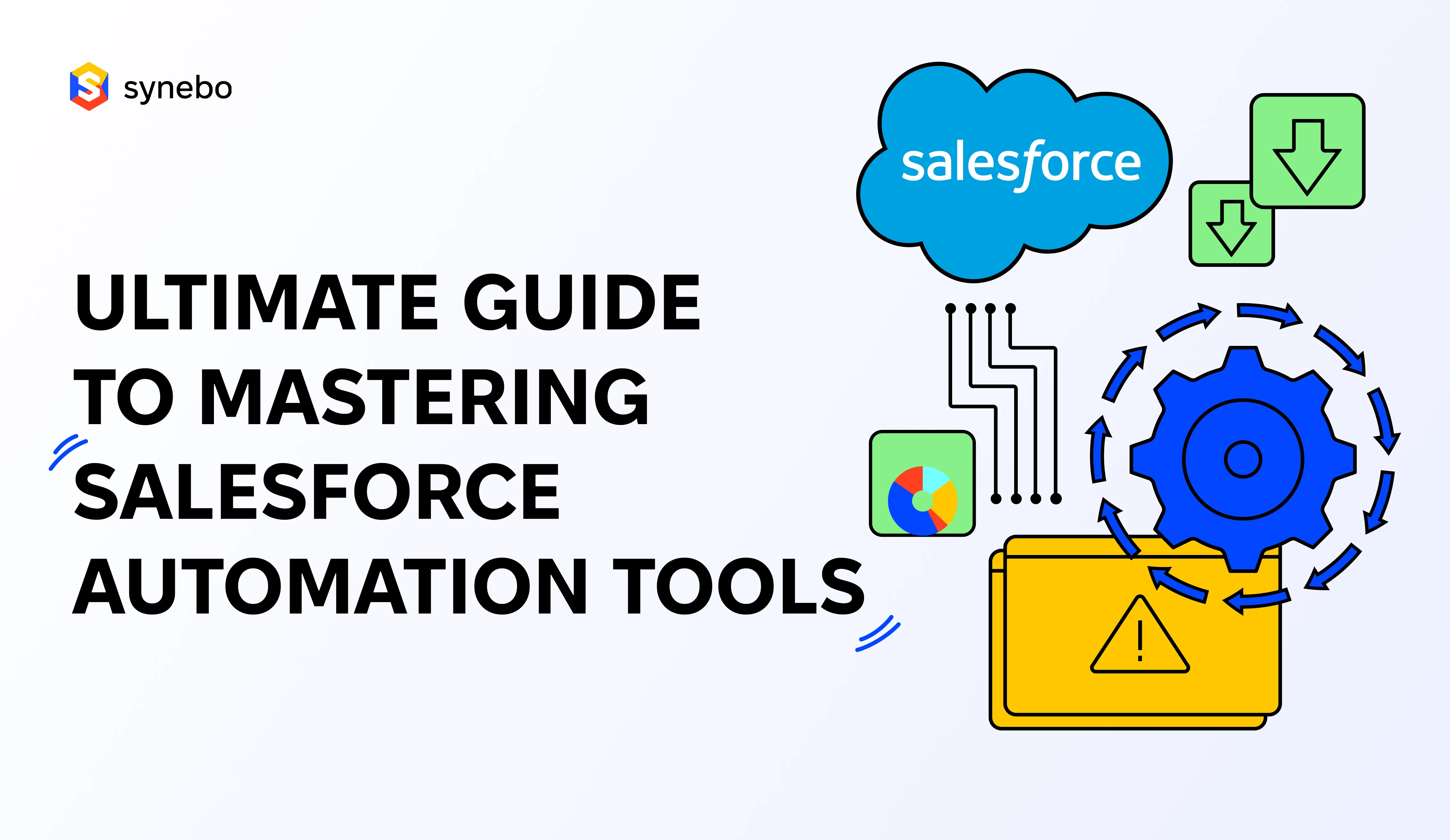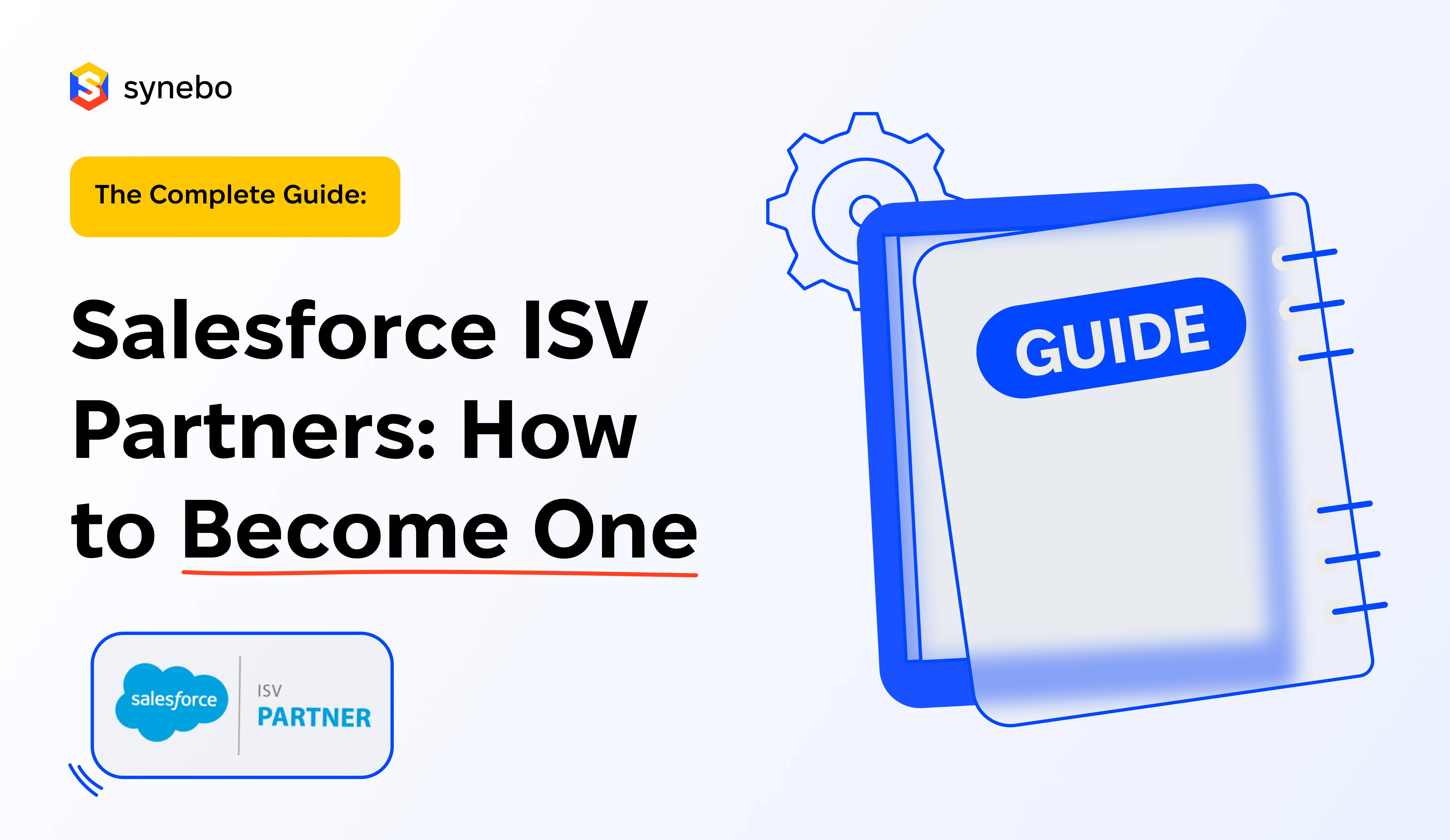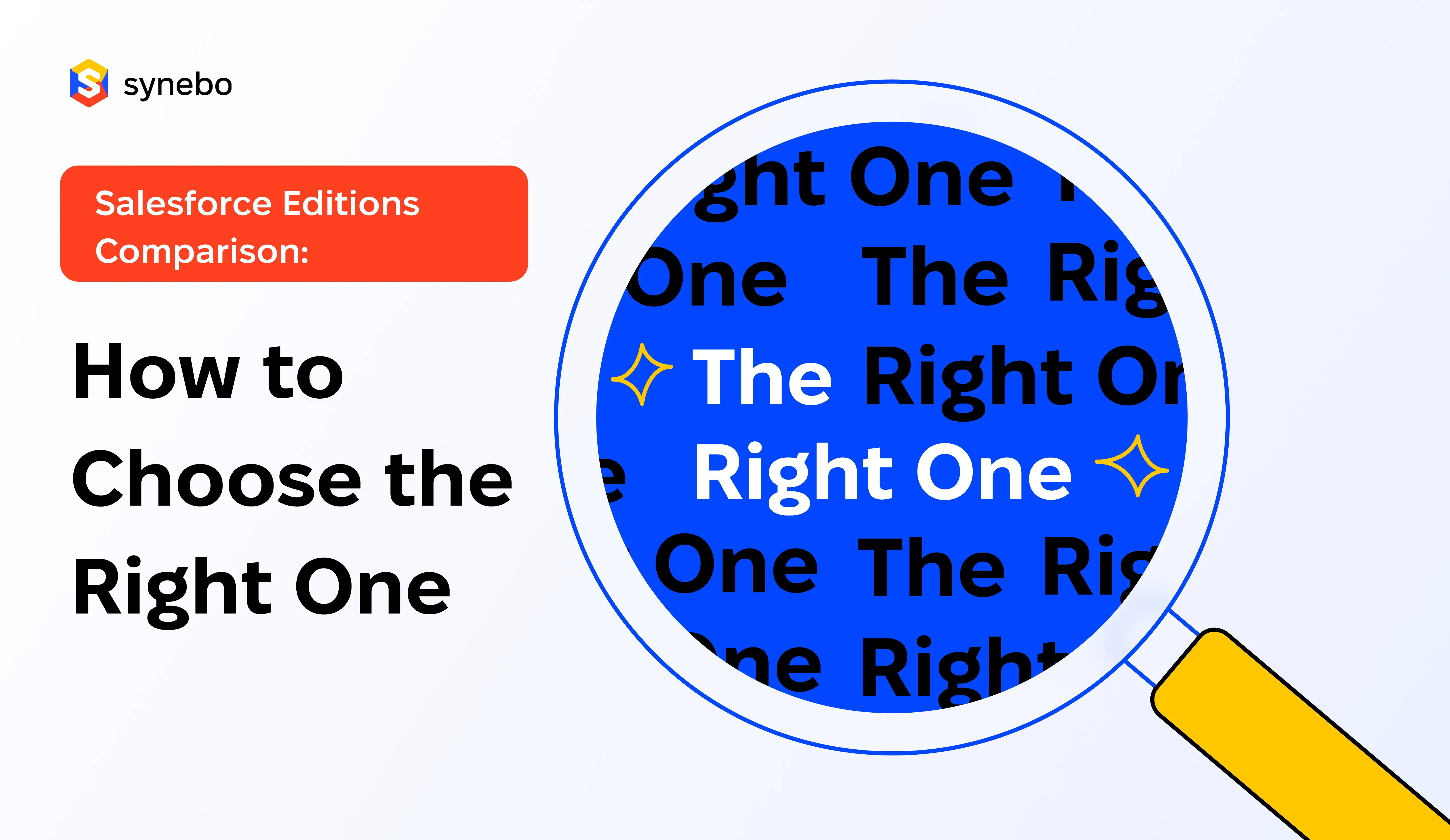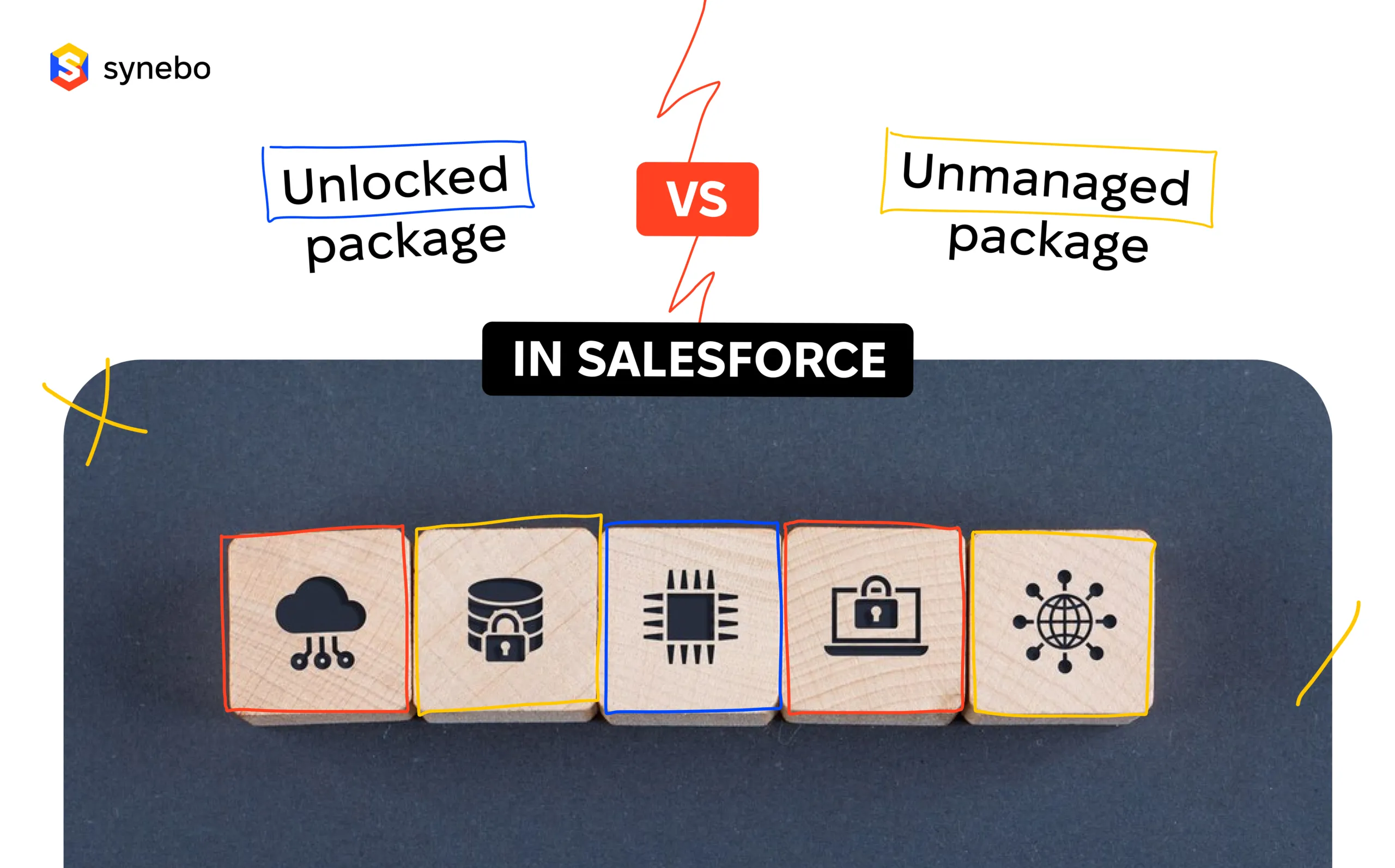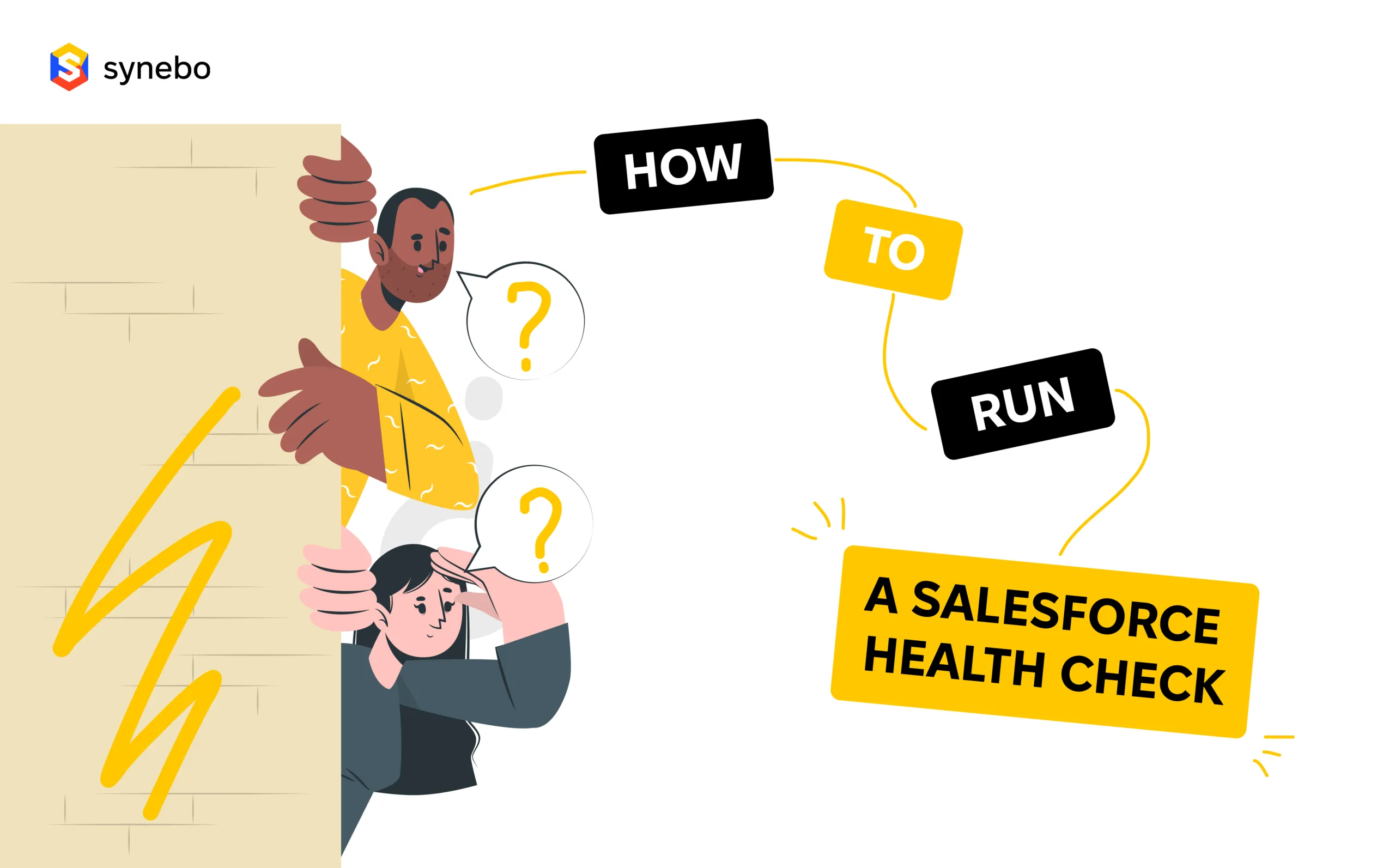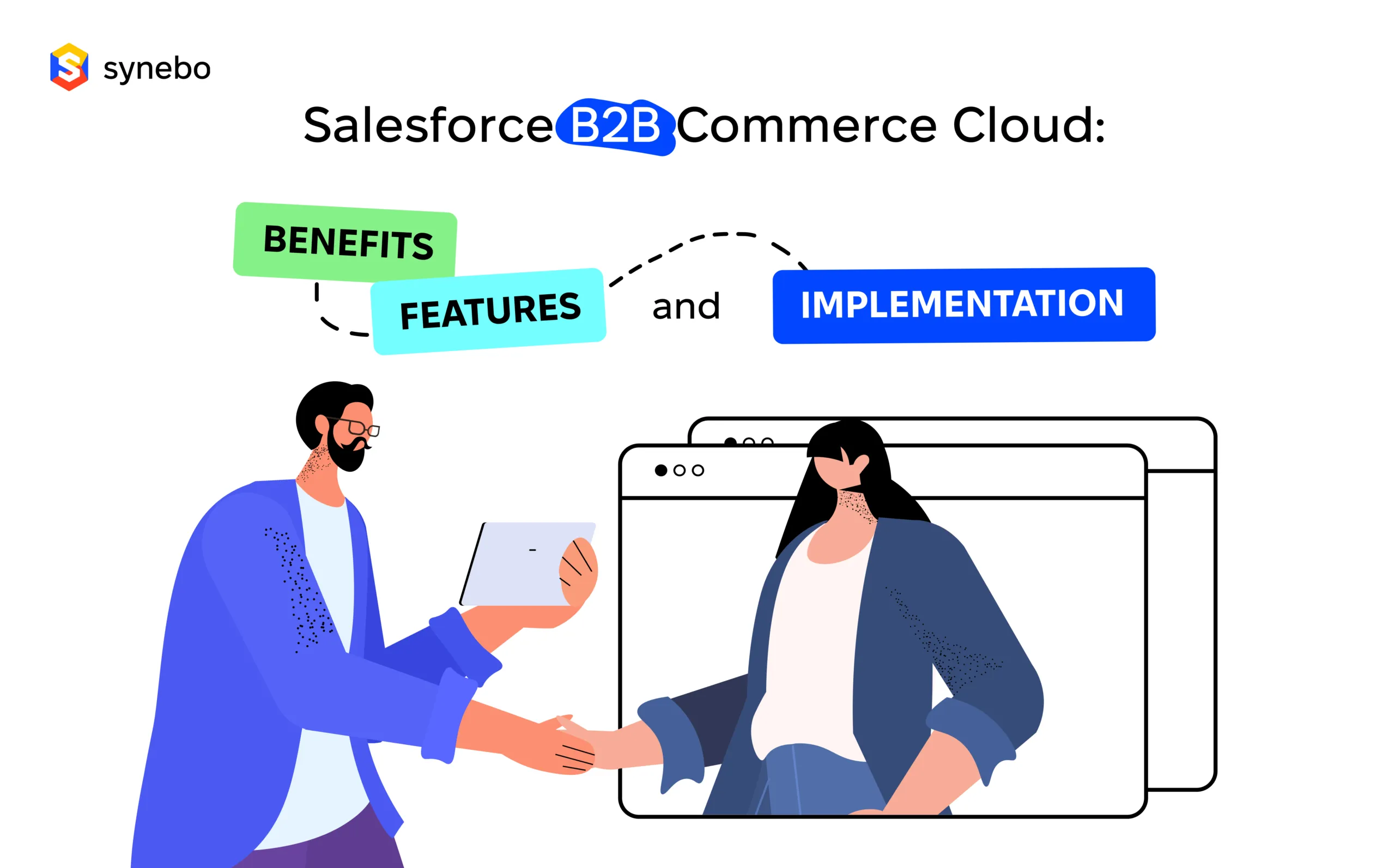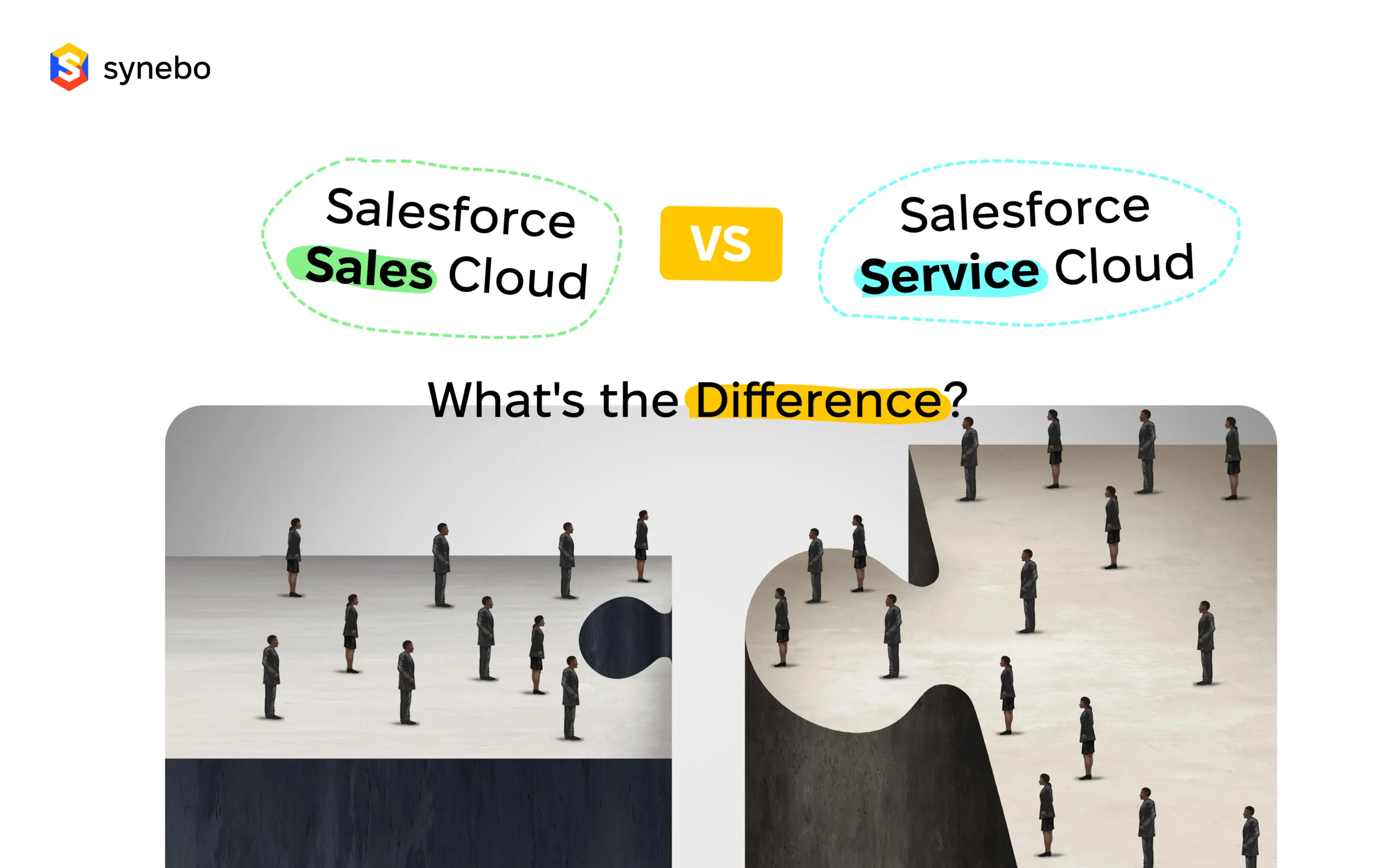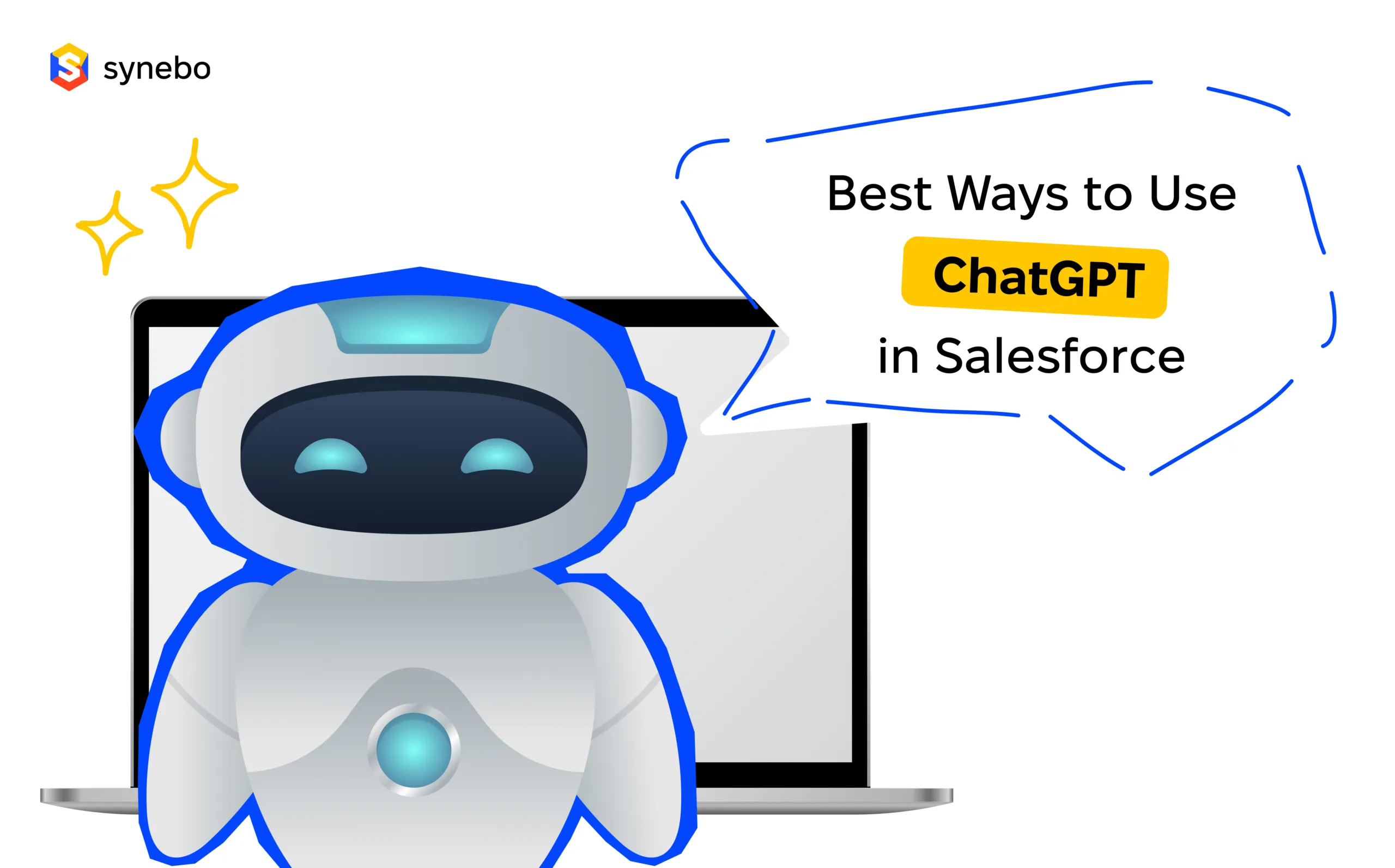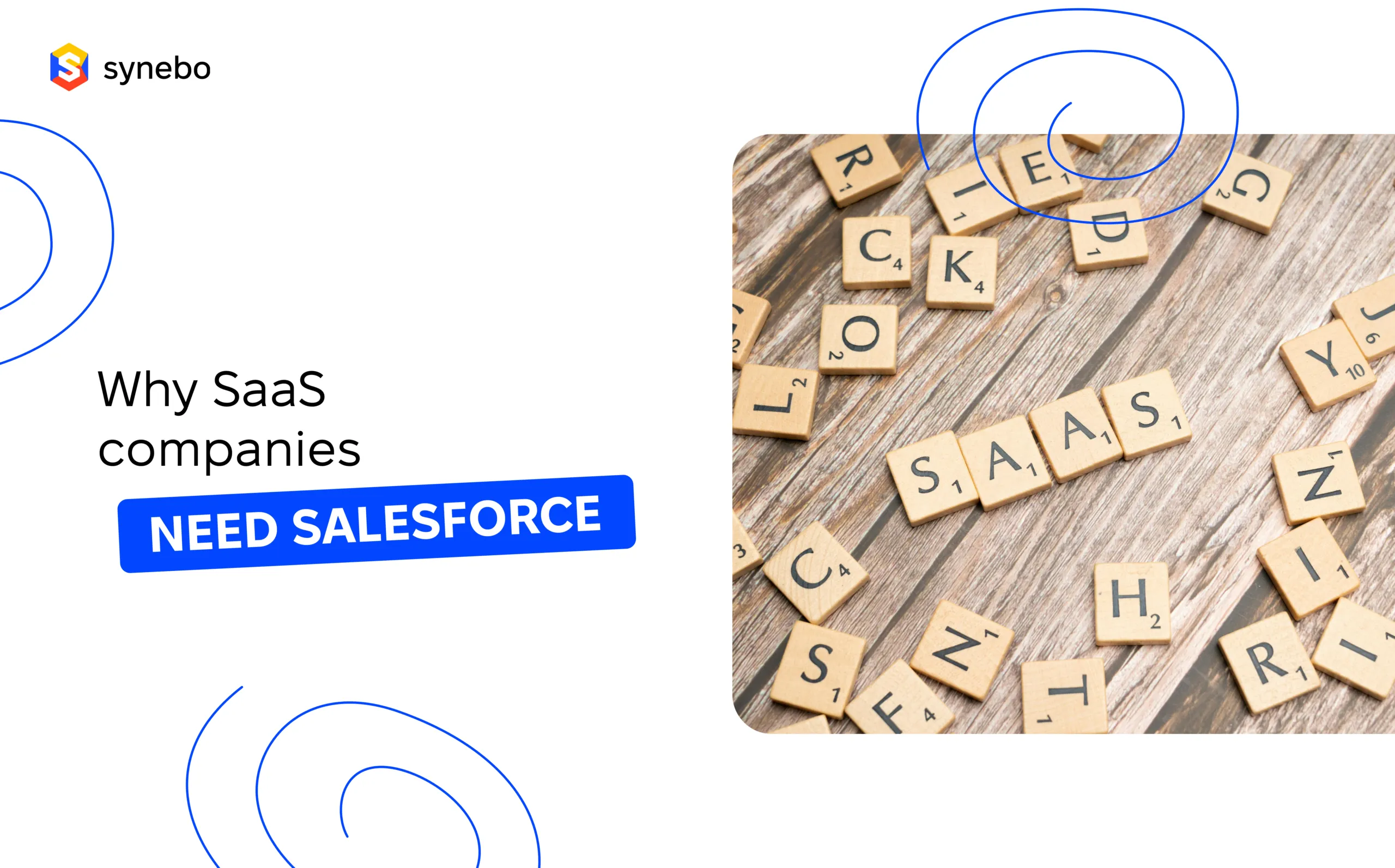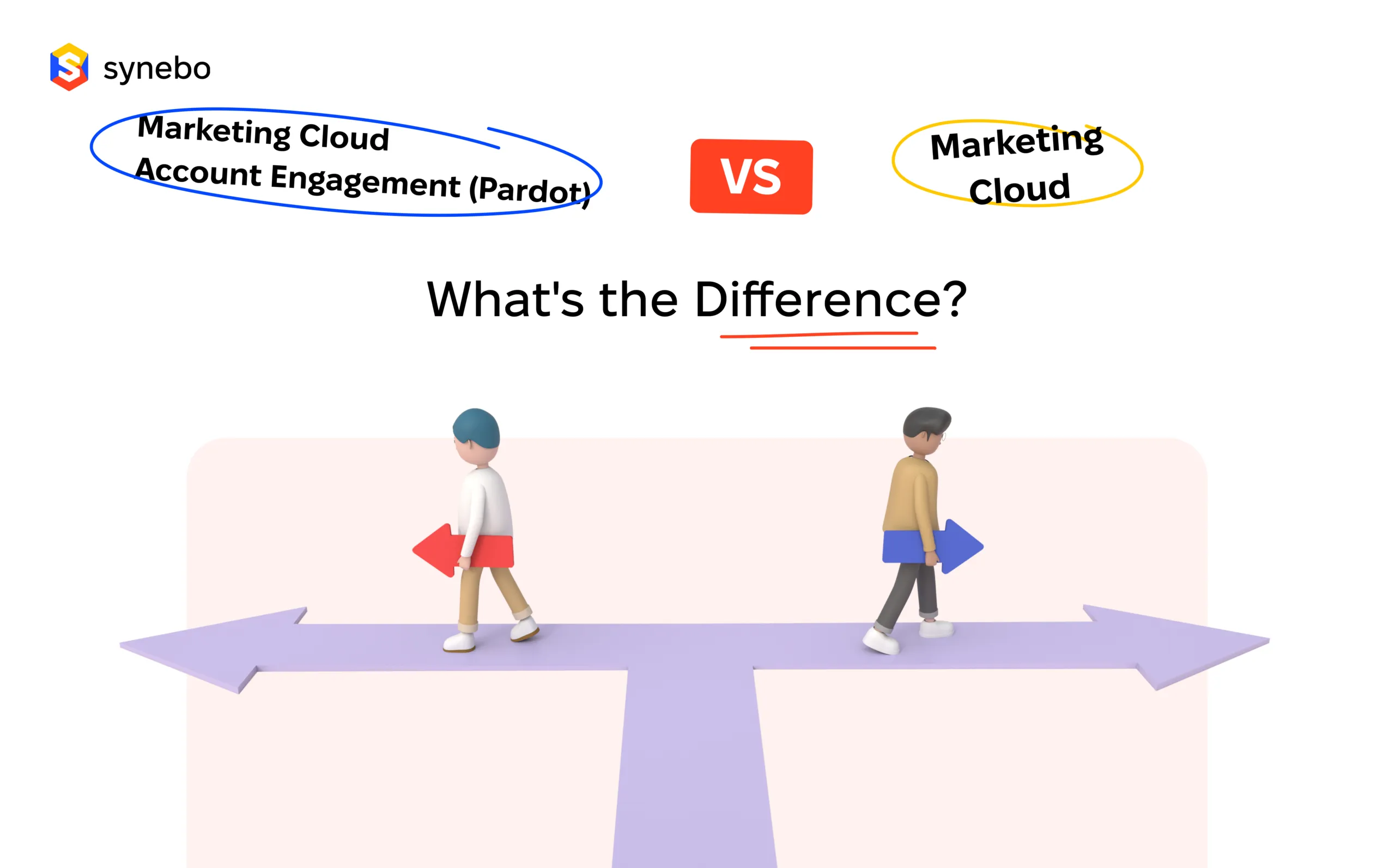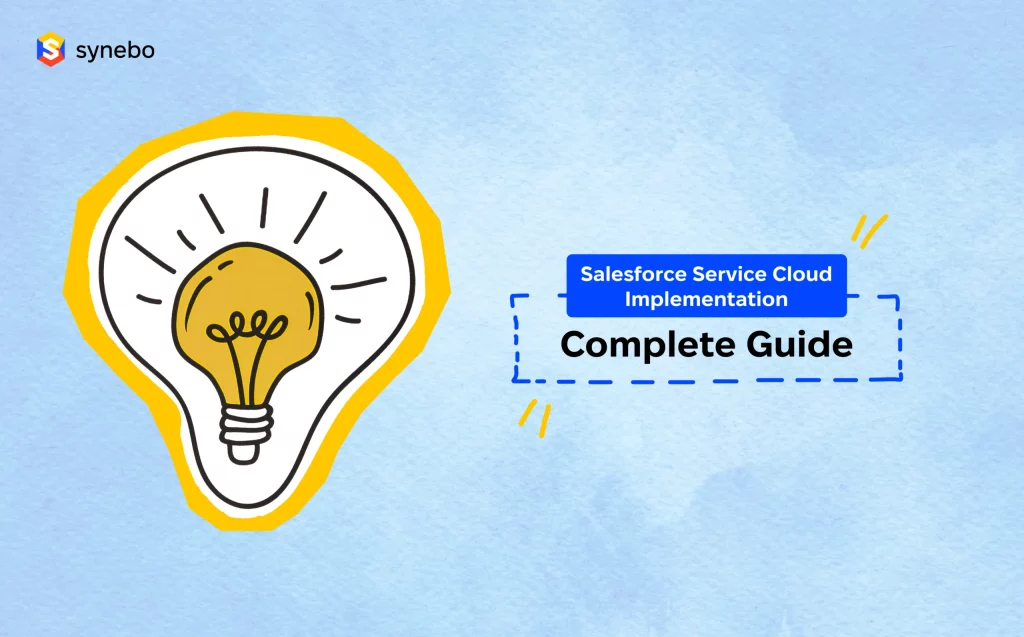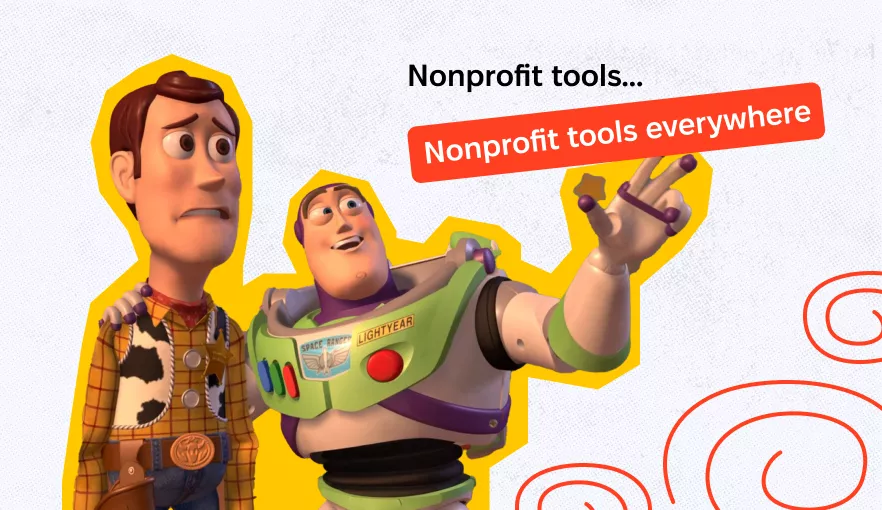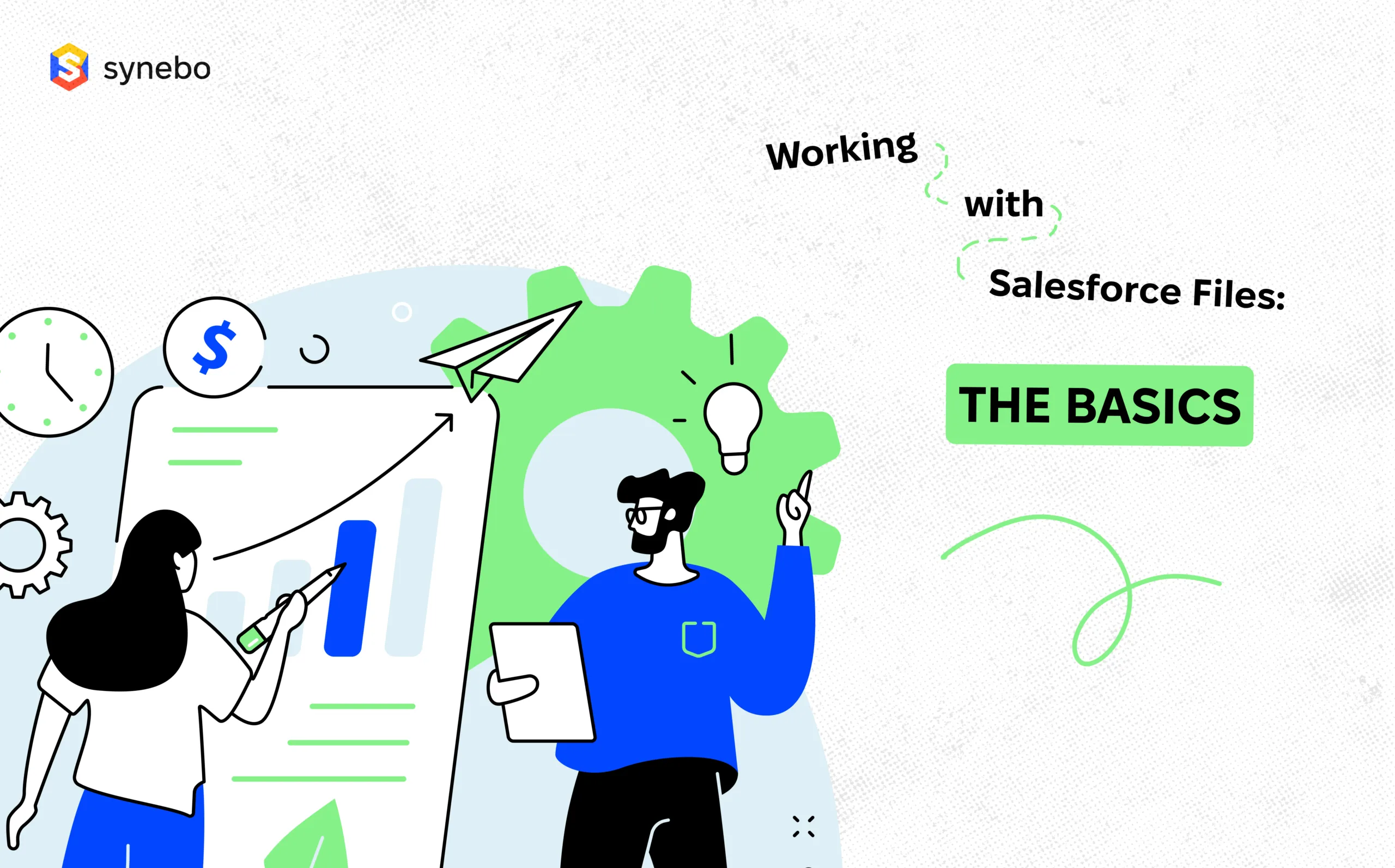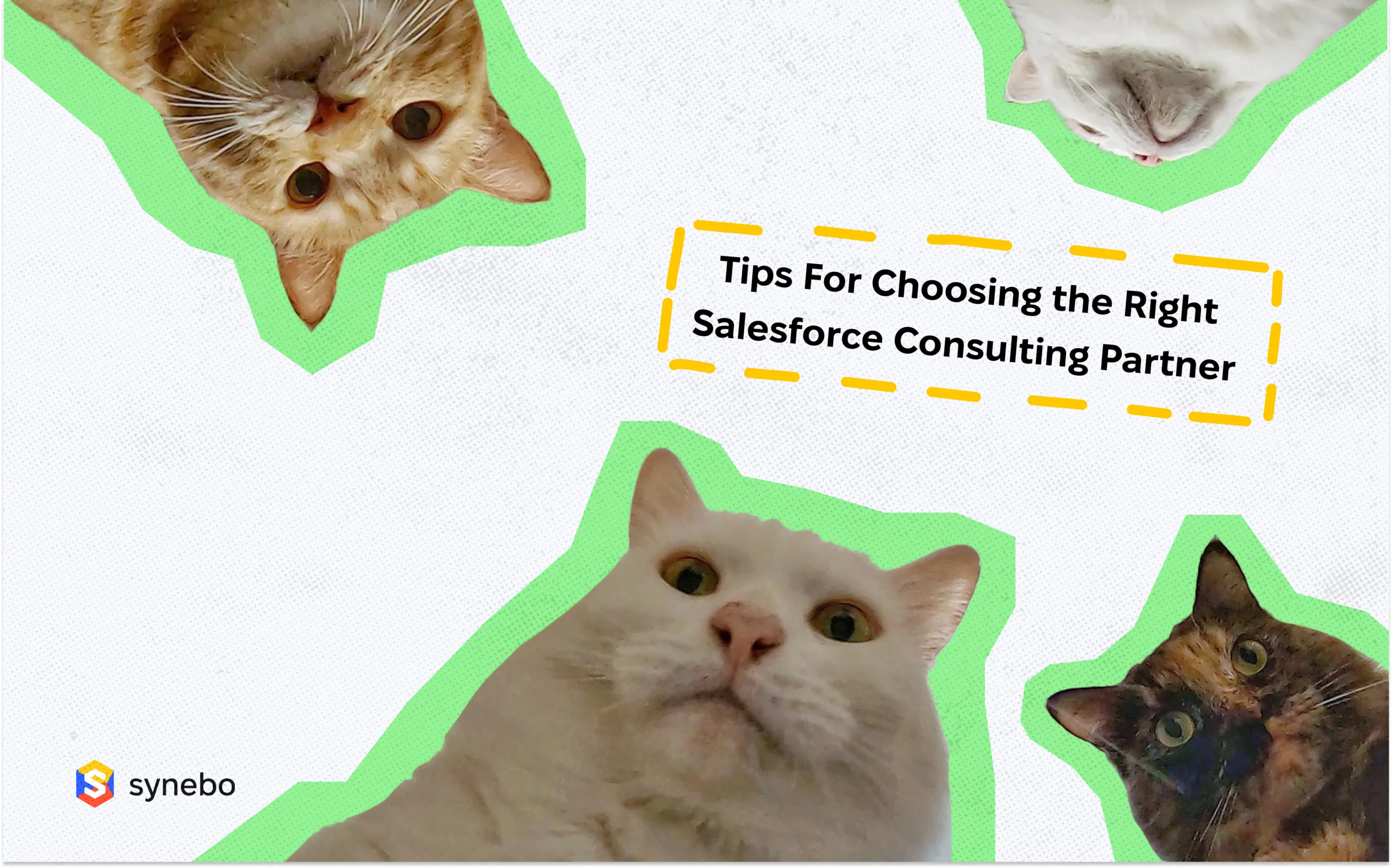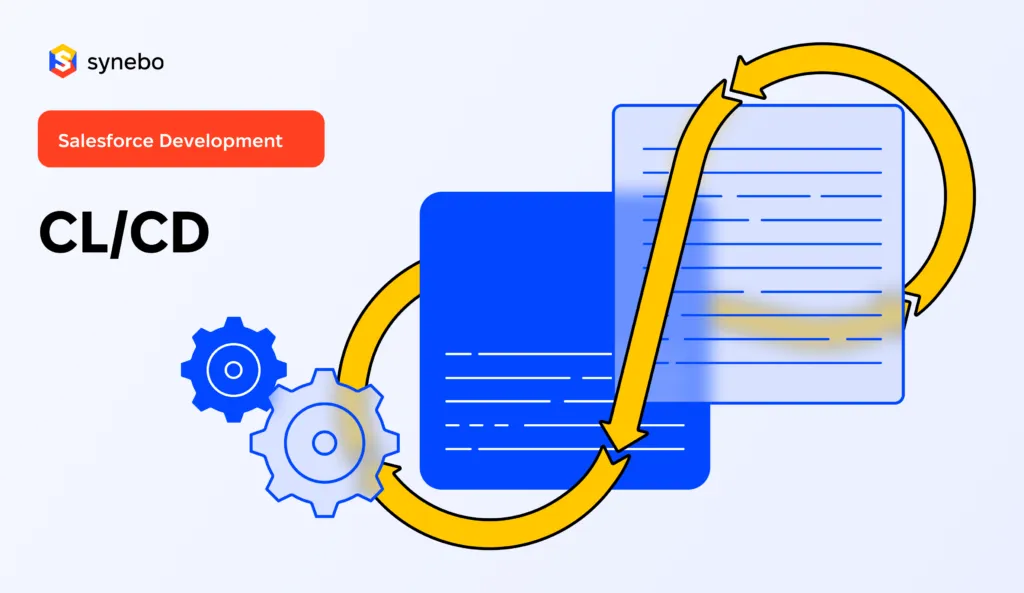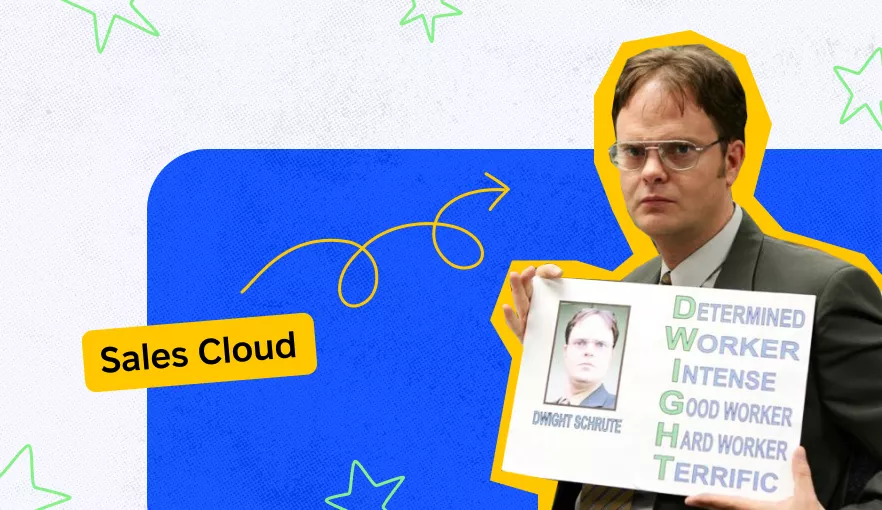Salesforce Licenses: How to Understand and Choose?

Before we start using any platform, we tend to wonder about the terms we’ll get it on. When we choose a subscription type for Netflix, we think about whether this number of devices or users is enough for us. When we get the project management tool, we check which pricing option has the tools our team requires, and when we need a CRM system, we try to find a solution that can meet our business needs the best.
And while most CRM providers have a few subscription types to choose from, Salesforce invented the whole system that allows their clients to construct the right solution themselves – Salesforce Licenses. The idea is wonderful, however, it might seem quite complicated for new Salesforce users. So, in this blog post, we’ll try to give you a general understanding of how this system works and how to choose your Salesforce License.
What is a Salesforce license?
Salesforce themselves compare their licenses with a lease agreement between the building with offices and companies occupying those offices. When business owners rent a place for their team to work at, they have multiple options: to use just one room, or two, to include a coffee machine, or not. And that’s how Salesforce licenses work: you make an agreement with Salesforce on using their space and tools, and you can choose which space and tools exactly you’re going to use and which ones you aren’t.
Some tools and technologies can be already included in a specific license, but some of them you’ll need to add separately. Sometimes, you need to get more than one Salesforce license, but in the end, you’ll have the platform of your dreams, totally customized to what your business needs.
Salesforce License, as a whole, consists of different parts and concepts, and now we’ll briefly go through them all.

Prefs
Prefs, or preferences, are the settings all users can use to configure some parts of your Salesforce org view, like time zone or password options. There are two types of them: user-level prefs, and platform-level prefs.
User-level preferences are responsible for what Salesforce org looks like for a single user, while platform-level preferences set the overall platform view for all users.
Perms
Perms, or permissions, in turn, control the user’s access to different tools and features of your CRM.They are also divided into two types: user-level perms, and (surprise!) platform-level perms.
The difference between them is the same as the difference between two types of prefs: user-level permissions are set for a single user, and platform-level permissions are set for the platform.
Profiles
When you have a Salesforce org with your users, whether they are your employees or customers, their duties and the level of their access to data and features are different depending on the role. So, administrators create Profiles where they can set all the permissions needed for a specific position.
Permission set
While Profiles are a great way to configure access for users, sometimes the users occupying the same position may need different tools and permissions for their work. So, admins can additionally create Permission sets to give some users access to extra tools and features.
Salesforce editions
The permissions, preferences, and permission sets are not something you buy separately. You buy editions and configure all the above-mentioned inside the platform. So, Salesforce edition is the set of platform and user licenses you buy to use needed Salesforce products and the org in general.
Editions can be of different levels, and if you buy a few of them, they have to be of the same level (for instance, you can buy Service Cloud Unlimited and Sales Cloud Unlimited cause they are both Unlimited). Each edition has at least one platform license and as many user licenses as you need.
Add-ons
Sometimes, the Salesforce editions you got are not enough, and buying one more edition is not an option, cause you want to use a specific Salesforce tool or product inside your platform licenses. So, here add-ons enter the game.
Add-ons are a possibility for businesses to get access to some extra Salesforce tools and products that they don’t have in the edition they bought.
Salesforce license types
So, now that you have at least some idea of how licenses work, we can dig deeper into the types of Salesforce licenses.

User licenses
Whatever product you get and whatever edition you choose, you pay for each user. So, every employee must have their own user license to get access to your platform features. And since different roles require different tools and different data access levels, you purchase as many user license types as your team needs. Then, you can make extra configurations and set specific permissions for a specific team member.
Permission set licenses
Permission set license allows you to add extra functionality to a user license. For example, the user license of one or a few of your employees gives them access to custom apps (developed or bought from AppExchange) but not to standard CRM features, like Leads, Forecasts, Cases, and so on. So, to provide them with the possibility to use those features, you can buy a Permission set license that allows such functionality without buying and assigning another user license for everyone who requires extra access.
Feature licenses
This one is pretty easy to guess by the name. So, whenever your user needs to access one extra feature, which is not included in their user license, you just purchase a feature license. For instance, your employee may need to have the possibility to run Flows, but can’t do it inside their user licenses, so you get a Flow User feature license for them.
How to choose the right Salesforce license for your business?
Okay, so, Salesforce licensing is quite complex and might have already confused you. We don’t want to cause an informational overdose, so in this block, we’ll just list a few things you need to consider on your way to this best Salesforce license (or better to say “licenses”) for your company.
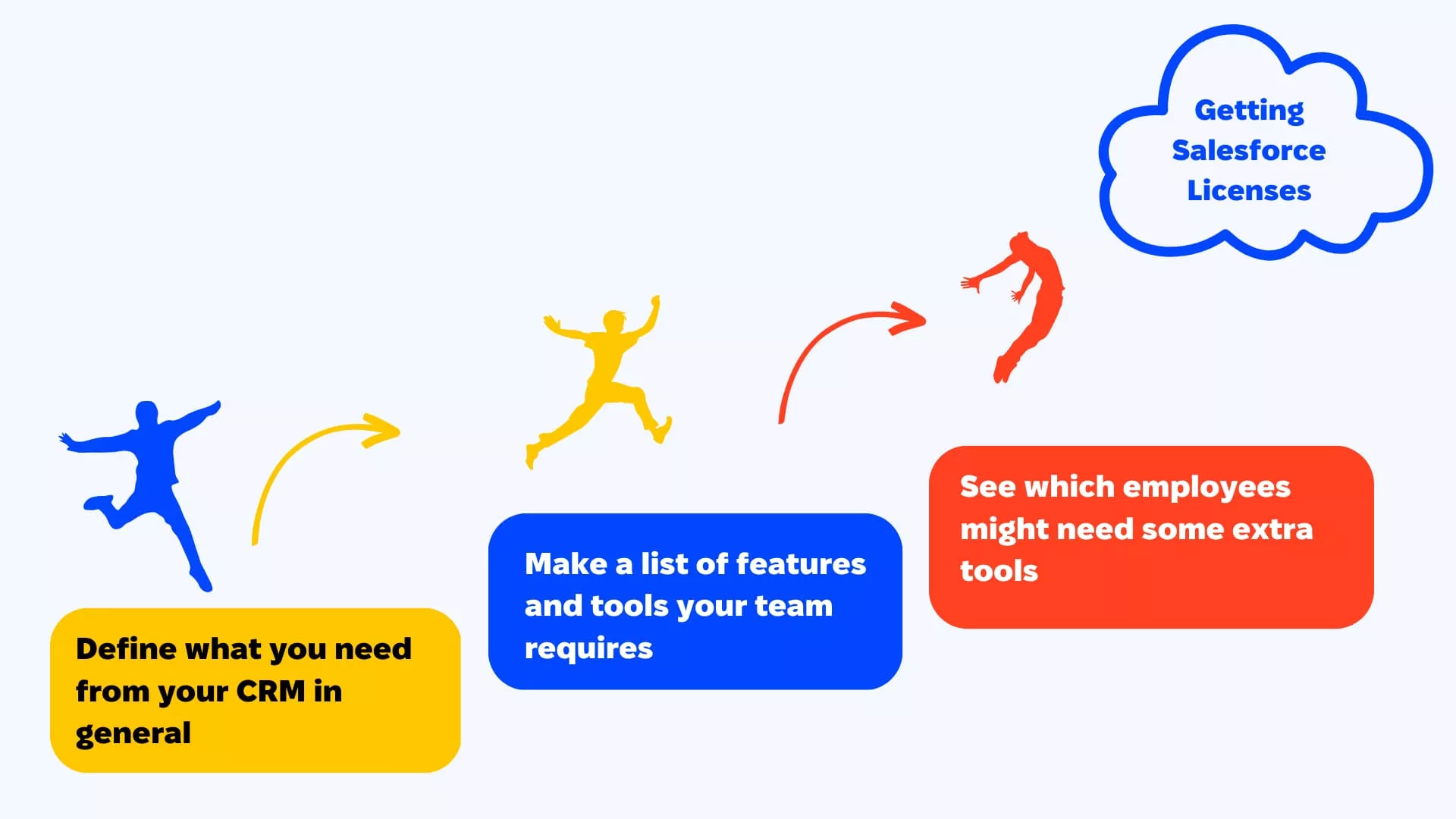
Define what you need from your CRM in general
That sounds obvious, but many companies don’t have a list of specific requirements for their CRM systems. They might think that all CRM platforms are the same and offer similar functionality or that there is no difference between different subscription types or, in our case, between licenses.
But since Salesforce is willing to provide certain products for certain industries and certain goals, you need to know your goals and your industry and company requirements for CRM.
Make a list of features and tools your team requires
Try to be as clear as possible. Ask your team members about what technologies would make their performance more productive and help them achieve better results.
See which employees might need some extra tools
And then, when you see the full list of features, you can understand how many tools are common for all your employees and which team members require extra ones. It will ease the process of finding out what and how many user licenses, permission licenses and feature licenses your company needs.
And that’s it?
For now, yes. We will tell more about specific Salesforce license types later, but even if you read and learn about them all, you might need some technical experts to answer a question or a few. So, whether you are ready to tie the knot with Salesforce and purchase licenses or just consider this platform as an option, don’t hesitate to contact us and learn more about how it might work for you. Bye!










